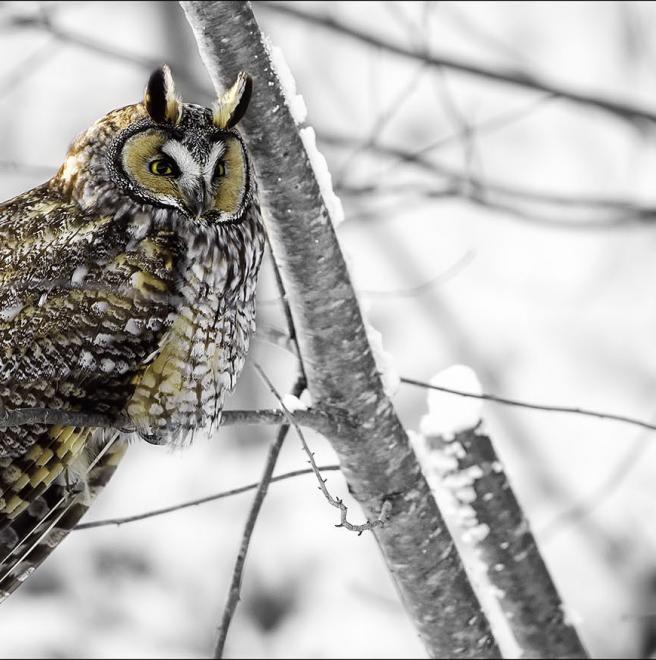

Although widespread and even locally uncommon, this secretive owl is rarely encountered by birders. In most places, ornithologists just don’t have a handle on the species’ basic status and occurrence. Current population estimates are uncertain, but the results of the Audubon's climate model are consistent with most other climate-change models, showing northward movement overall for areas of suitable climate for wintering Long-eared Owls. This northward shift translates into a loss 73 percent loss of current winter range, giving the species an onerous journey for future. It is worth noting that management for this species focuses heavily on the breeding grounds, not treated by the model. Of particular concern is ongoing and projected degradation of riparian nest sites in the West.
Explore more birds threatened by climate change around the country.





















It's easier than you think to make a difference. Become an Audubon member today to help birds facing climate change.